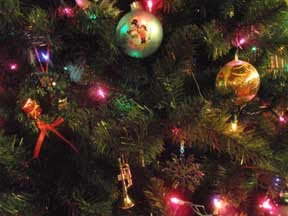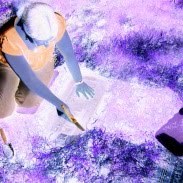When you are using a record you need to note the following, to (a) write your source citation, and (b) help you analyze the information you find:
- Who
- Who created it (author, transcriber, etc)
- What
- What exactly is it? (birth certificate, marriage record book, interview, online image, etc).
- Where
- Where is it kept? (Repository, Courthouse, Website)
- What is the locator? (call number, page number, URL)
- When
- When was it created?
- When was the information you are looking at created? (in cases of transcription, extracts, databases, abstracts)
- How
- How was it derived? (in cases of transcription, extracts, databases, abstracts)
For analysis, it is also a good idea to know:
- Why
- Why was the record created?
Who, What, Where, When, Why, How. Remember that from your school days? Creating a source citation does not have to be difficult. Try this: when you copy a page from a book, also copy that book's title page and/or copyright page and clip them together. Notate what database you used and the date you used it.
It is like a treasure hunt: the source is your treasure and the citation is the map to finding it.
There are several guides specific to genealogy available to aid you in citing records (as well as analysis):
Lacky, Richard S.
Cite Your Sources: A Manual for Documenting Family Histories and Genealogical Records. Jackson, MS: University Press of Mississippi, 1980.*
Mills, Elizabeth Shown.
Evidence!: Citation & Analysis for the Family Historian. Baltimore, MD: Genealogical Pub. Co.,1997.
Mills.
Evidence Explained: Citing History Sources from Artifacts to Cyberspace, 2nd ed. Baltimore, MD: Genealogical Pub. Co., 2009.
Mills.
Quick Sheet: Citing Ancestry.com Databases & Images, Evidence! Style. Baltimore, MD: Genealogical Pub. Co., 2009.
Mills.
Quick Sheet: Citing Online Historical Sources, Evidence! Style. Baltimore, MD: Genealogical Pub. Co., 2007.
*Lacky's
Cite Your Sources was the first genealogy specific citation manual. It is in
MLA (Modern Language Association) style, which is not correct per-say. In the field of history (genealogy=family
history) we use the
Chicago Manual of Style. All of Elizabeth Shown Mills' works use this citation method. If you have been using
Cite Your Sources, then keep using it. Otherwise use one of Mill's manuals.
Several universities have online guides to using the Chicago Manual of Style. These will show you how to cite books, journals and basic websites among others. It will not cover genealogy specific records (federal records such as censuses, home stead files, pension files; family Bibles, tombstones, online digital images, etc.). I suggest
Purdue's OWL.
To confuse you even more, there are three different ways to phrase your citation. I have used two of them in this post. (1) The first is the list of books I gave. It is in bibliography or source list style. (2) The second is footnote/endnote style, which I have used in my endnotes (the little numbers [#] which are explained at the bottom). For repeated use of a source in your footnote/endnotes you can abbreviate. (3) The third type is in-text. Example:
"Sources are artifacts, books, digital files, documents, film, people, photographs, recordings, websites, etc." (Mills, Evidence Explained, 24).
The in-text citation is what is in the parenthesis (). In-text citations are always paired with a bibliography.
I know that writing citations for every little thing sounding like a daunting task. Get in the habit of writing down the information you need to write a citation for every source you use. You don't need to memorize the format for citations, just use one of the guides. Many software programs now also support
Evidence citations, including
RootsMagic and
Family Tree Maker, where you just fill in the fields with the information and they spit out the proper citation.























